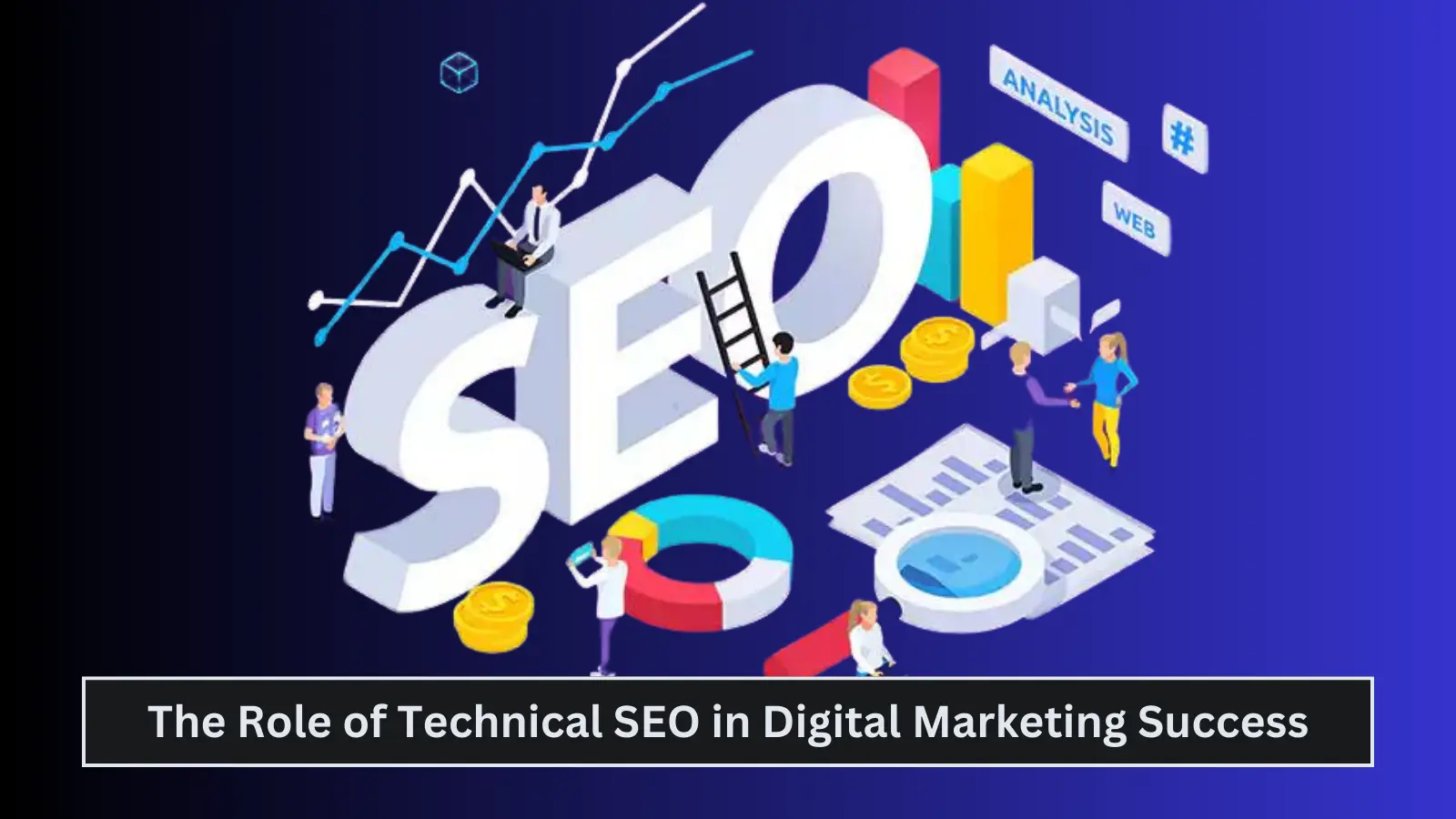
An effective online presence is very important for any business in this digital era. Even though most digital marketing strategies have rotated around quality content and keyword optimization, technical SEO has proved vital but oftentimes underappreciated. Technical SEO ensures that the website supports the activity of the search engines in crawling and indexing, thereby enhancing visibility and performance. In this blog, we are going to look at the different aspects of technical SEO and how it will be used to attain success in digital marketing.
Technical SEO deals with the backend of a website. Therefore, search engines can easily crawl and index content. Content in technical SEO is irrelevant since in traditional SEO, one has to ensure that everything is fine with what the customer can see. The elements dealt with in technical SEO include site speed, mobile optimization, secure connections—HTTPS, structured data, and more. A well-optimized technical SEO foundation will make search engines better at crawling and indexing content and hence providing a smoother experience to the users too.
Among the many elements to deal with in technical SEO come website speed. Fast page loads foster user engagement and hence higher rank on virulent search engines. Page speed has been officially marked as a ranking factor by Google, and hence there would be fewer probabilities for slower websites to rank higher in search listings. There are a lot of strategies while it comes to site speed optimization, including image optimisation, leveraging browser caching, minifying JavaScript as well as CSS files. So, a fast website pleases not only search engines but also reduces bounce rates and hence enhances user experience.
Having a website that's mobile-friendly these days isn't a choice; it's a must. Google's emphasis on mobile-first indexing dictates that the mobile version of a website is considered its primary version while ranking. Mobile-optimized websites have responsive designs, which can resize well, responsive to wide-ranging user interfaces, and are fast to use. That way, mobile-optimized websites deliver soo many user experiences and are, thereby, highly-rated in returns on search results.
The security concern is usually up by both the users and search engines. The feeling of insecurity develops if a site is not made secure, resulting in the refusal of potential visitors to re-enter the site. It provides safe browsing through encryption of information exchanged between the user and the website. Google has already announced that HTTPS has turned out to be a ranking signal, and not having one will result in "Not Secure" shown for potential human visitors. Add an SSL certificate to protect your site. This is another very easy thing to do and incredibly important in terms of helping to build trust and enhance your potential for ranking.
XML sitemaps are part of the guide that will let search engines485 navigate through your website. They are the listing of all pages on a site, making it easier for search engines to find and index new or updated content. This is particularly useful for bigger websites or those that are more architecturally complex. It is the robots.txt file, of course, which specifically indicates to search engines which pages not to crawl. This helps to manage the crawl budget and avoid indexing pages with irrelevant or duplicate content. Well-setup XML sitemaps and robots.txt files are just tech SEO 101.
Structured data is a way of formatting data in a way that helps search engines understand the sense of your content. With schema markup, your page is likely to look better in search, and sometimes it can do a great job of winning rich snippets for you too, showing star ratings, event times, even product prices. Those rich snippets actually help with dramatically increasing CTR because they provide much more information that could spark a user's interest in your listing. Structured data is a sure way of gaining more visibility and driving more engagement in search
Generally, the use of canonical tags mostly is to sort out the issue of duplicate content. Reason being, at times, there may be various URL's serving related nature of information that materially dilutes your potential in rankings and search engines being confused on the version of your page to index. A canonical tag is important to show search engines which version of a page you want to appear, and to consolidate ranking signals accordingly from one version to the canonical version in order for the correct page to appear in search results. This could be particularly relevant for e-commerce websites or very contentful websites that have thousands of pages that are very similar in nature.
This is the very bedrock of technical SEO: You want to ensure that your website is crawlable and that search engines can index it. Crawlability is associated with the ability to easily navigate one's site, whereas indexability is the storage of pages within the search engine's index. Structured internal linking, clean and descriptive URLs, and a lack of crawl errors ensure that your pages are more crawlable and indexable. Application tests and frequent audits within tools like Google Search Console will lead you to identify and help resolve your site problems.
Technical SEO is basically the process of making a website friendly to search engines. It has to deal with providing a frictionless, well-streamlined, and secure user experience. Here's how technical SEO helps in the success of digital marketing:
Technical SEO is a part of digital marketing without which almost all other marketing strategies would fall apart. In essence, it makes sure that the website is accessible, secure, and user-friendly, thereby laying the very foundation that leads to better search engine ranking and improved user experience. With technical SEO at the center of their strategy, businesses are able to drive more organic traffic to the site, convert better, and maintain a solid online presence. Do not skim over the technical parts of SEO; they're the keys to unlocking your site's full potential and long-term success in digital marketing.